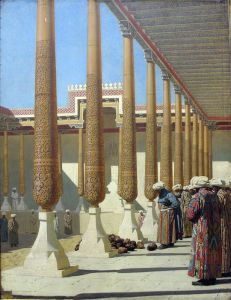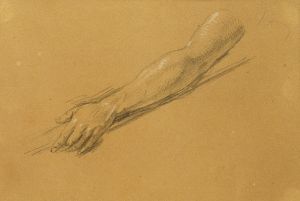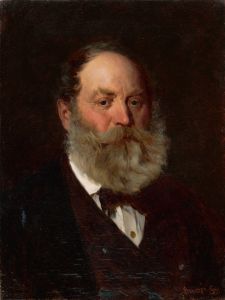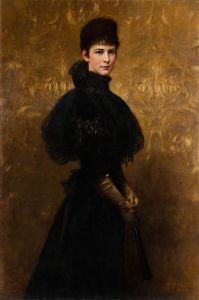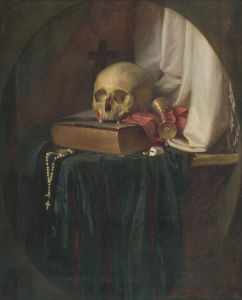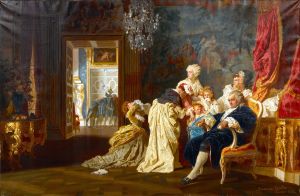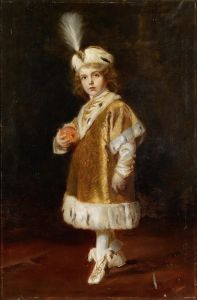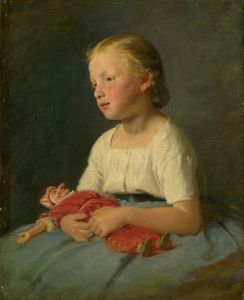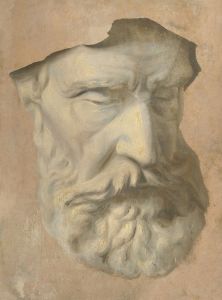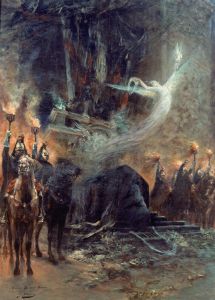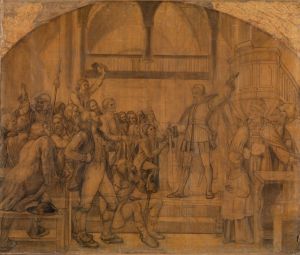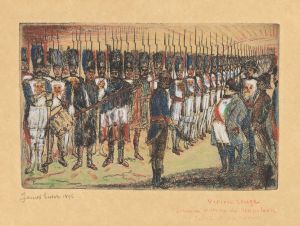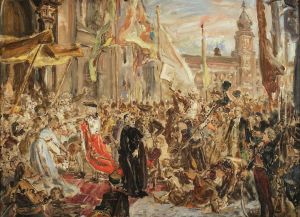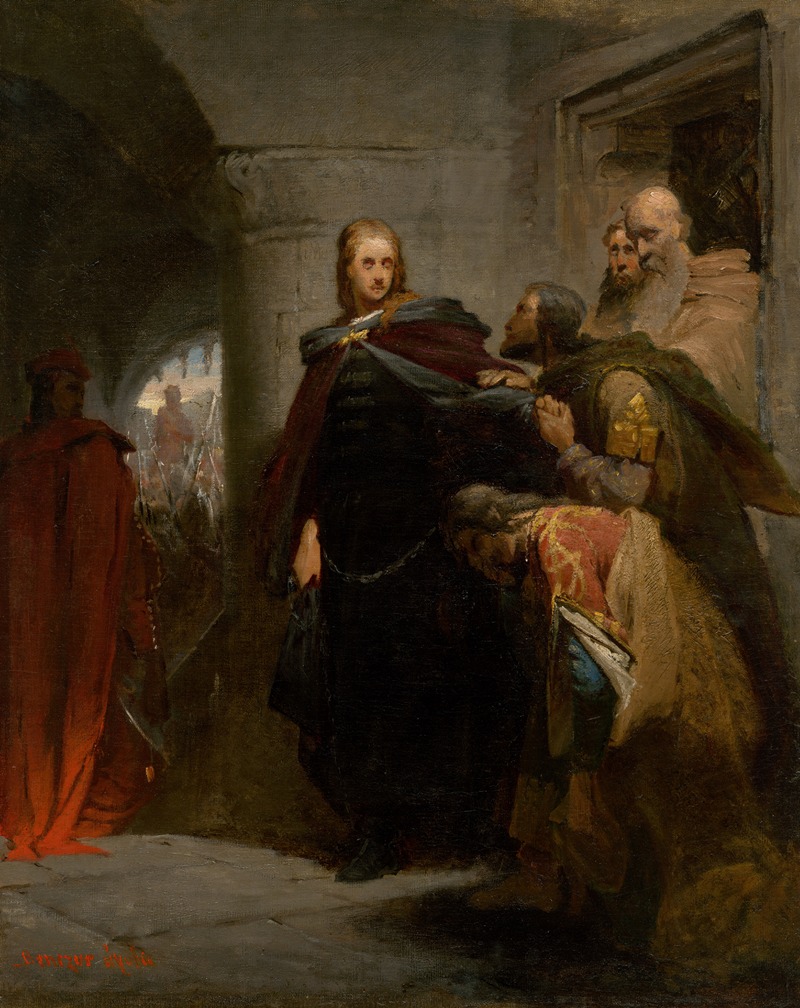
Hunyadi’s Farewell to his Homeland
A hand-painted replica of Gyula Benczúr’s masterpiece Hunyadi’s Farewell to his Homeland, meticulously crafted by professional artists to capture the true essence of the original. Each piece is created with museum-quality canvas and rare mineral pigments, carefully painted by experienced artists with delicate brushstrokes and rich, layered colors to perfectly recreate the texture of the original artwork. Unlike machine-printed reproductions, this hand-painted version brings the painting to life, infused with the artist’s emotions and skill in every stroke. Whether for personal collection or home decoration, it instantly elevates the artistic atmosphere of any space.
"Hunyadi’s Farewell to his Homeland" is a painting by the renowned Hungarian artist Gyula Benczúr, completed in 1866. Benczúr, born in 1844, was a prominent figure in the Hungarian art scene and is best known for his historical and genre paintings. His works often reflect significant moments in Hungarian history, capturing both the grandeur and the emotional depth of these events.
This particular painting depicts a poignant moment in the life of John Hunyadi, a national hero of Hungary and a key military leader in the 15th century. Hunyadi is celebrated for his role in defending Hungary and Europe against the Ottoman Empire, particularly during the Siege of Belgrade in 1456. The painting captures the emotional intensity of Hunyadi bidding farewell to his homeland, a theme that resonates with the nationalistic sentiments prevalent in Hungary during Benczúr's time.
Benczúr's work is characterized by its meticulous attention to detail and the ability to convey complex emotions through composition and color. In "Hunyadi’s Farewell to his Homeland," Benczúr employs a rich palette and dynamic composition to draw the viewer into the scene. The painting is noted for its dramatic use of light and shadow, which enhances the emotional gravity of the moment being depicted. Hunyadi is portrayed with a sense of dignity and resolve, reflecting his status as a revered leader and symbol of national pride.
The historical context of the painting is significant, as it reflects the 19th-century Hungarian Romanticism movement, which sought to revive national history and identity through art. Benczúr, like many of his contemporaries, was influenced by this movement and used his art to explore themes of heroism, sacrifice, and patriotism. His depiction of Hunyadi serves not only as a historical representation but also as an inspiration for contemporary audiences, reminding them of Hungary's storied past and the enduring spirit of its people.
Gyula Benczúr's education and artistic development were shaped by his studies at the Munich Academy of Fine Arts, where he was influenced by the German Romantic and Realist traditions. His technical skill and historical subject matter earned him recognition and acclaim, both in Hungary and internationally. "Hunyadi’s Farewell to his Homeland" is a testament to Benczúr's ability to blend historical narrative with artistic expression, creating a work that is both informative and evocative.
Today, Benczúr's paintings, including "Hunyadi’s Farewell to his Homeland," are celebrated for their contribution to Hungarian cultural heritage. They continue to be studied and appreciated for their artistic merit and historical significance, offering insights into the national consciousness of Hungary during the 19th century. Through his art, Benczúr has left a lasting legacy, capturing the essence of Hungarian history and identity in a way that continues to resonate with audiences.





